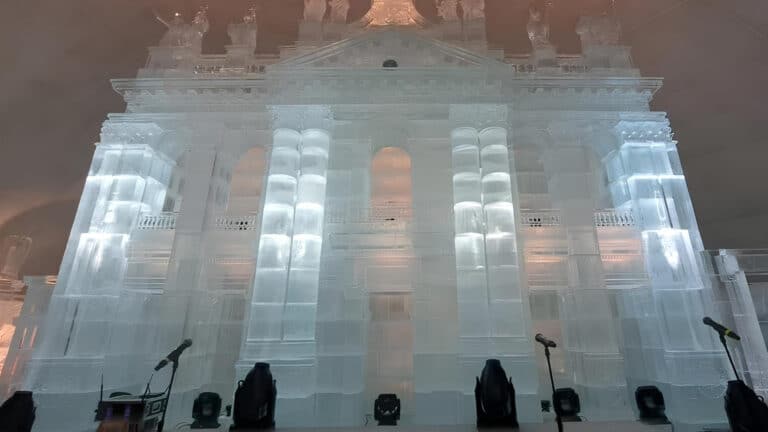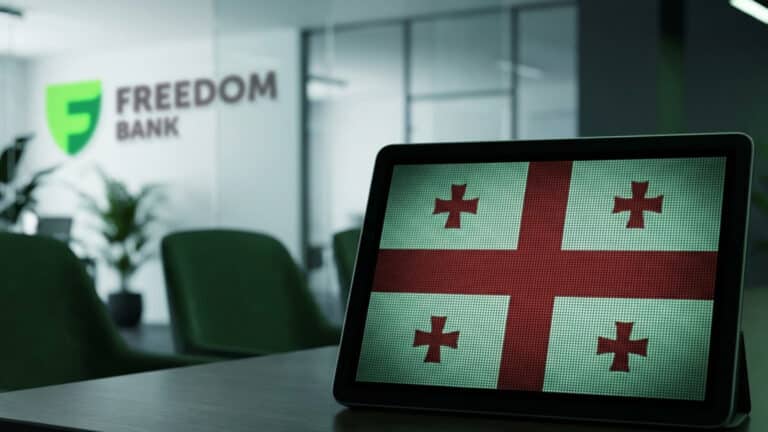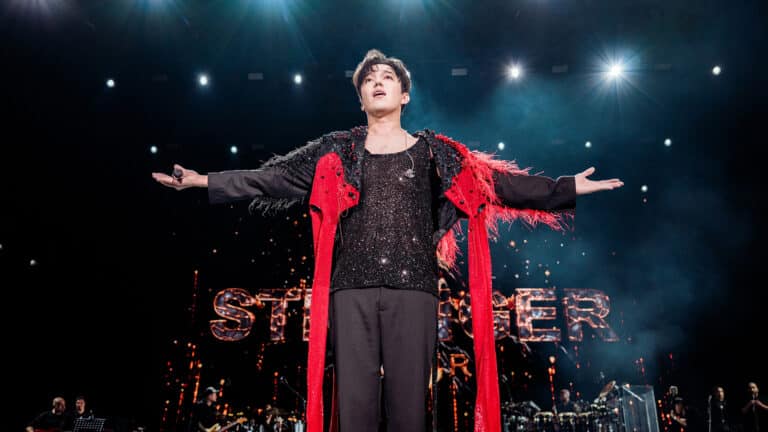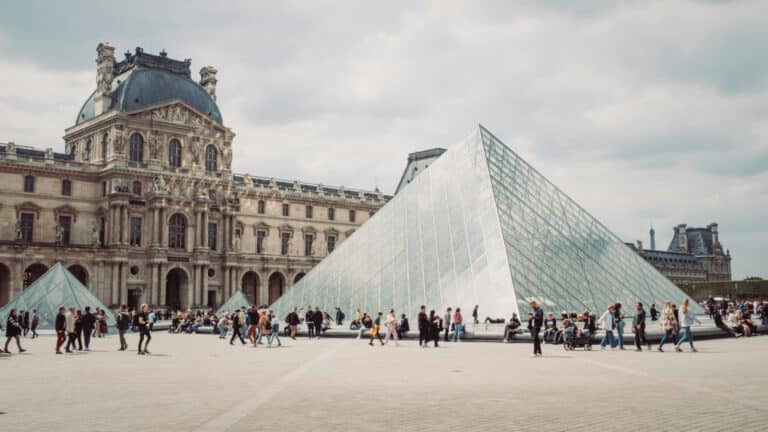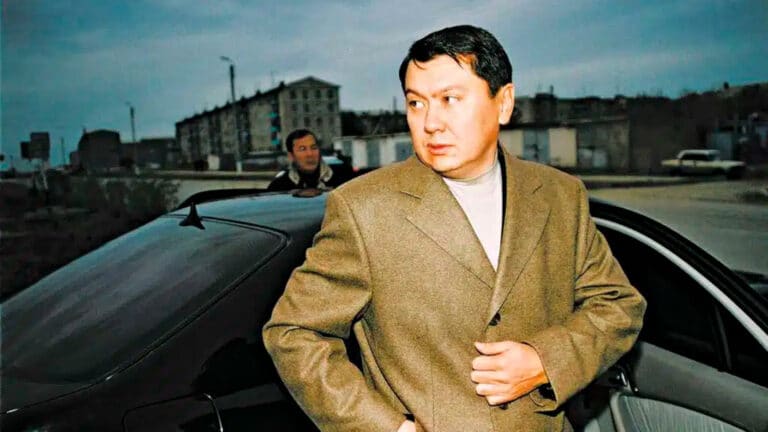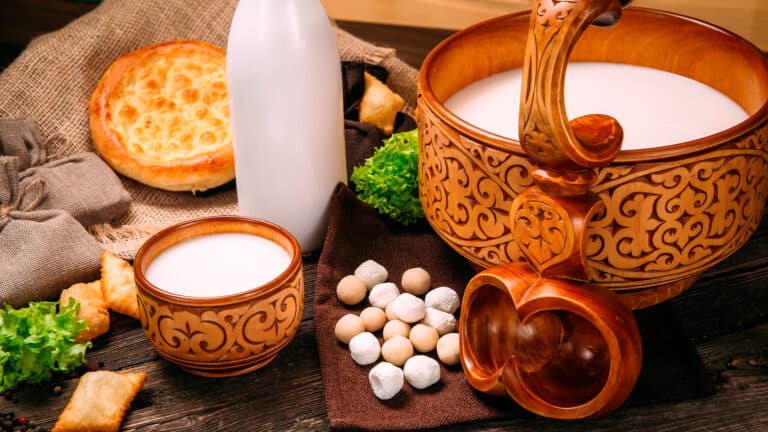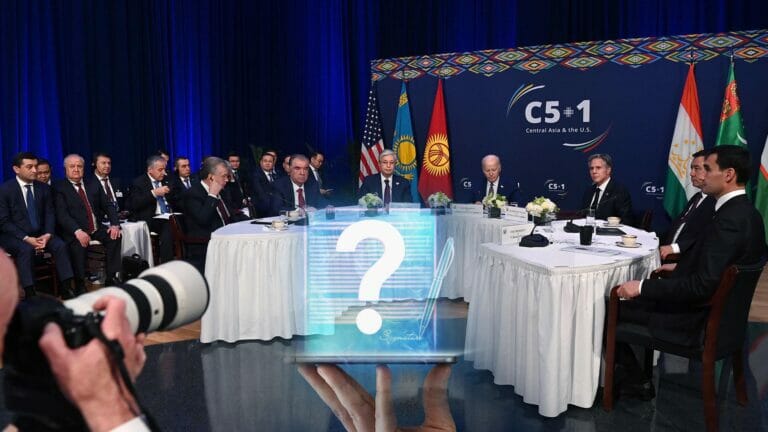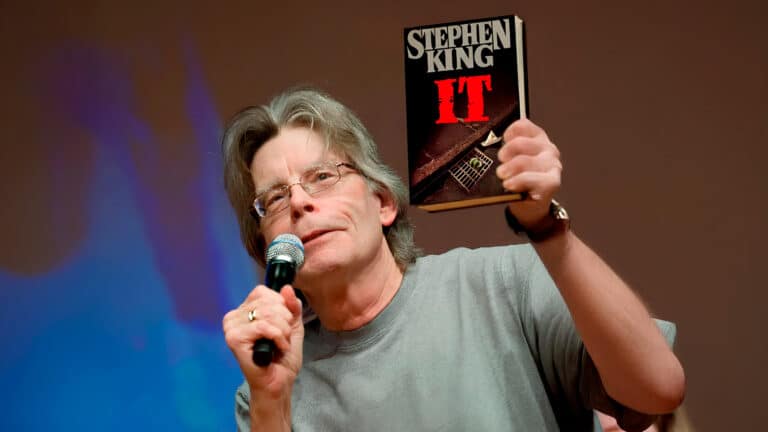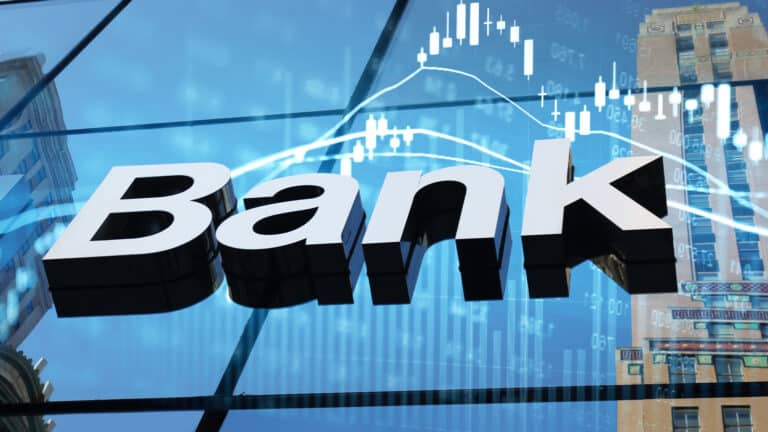The political concept of New Kazakhstan is going to be based on an effective party system, which is a kind of a mediator between the state and society. However, when the government promised to simplify registration rules for parties, many became curious about how many parties the country is going to have – 20, 30, or more than 200 like in Kyrgyzstan?
More likely we’ll see about 20 parties while only half of them would be registered because the standard political activities require a lot of money. In the past, only the state and oligarchic groups were able to run their parties. Today, all such groups are reluctant to support any political parties; they can do so only if there are no objections from Akorda (the official residence of Kazakhstan’s president).
The most primitive way a party can operate is to choose a unique name and leader, create accounts on social media and hire a couple of bloggers. But do not expect an official registration of such a party.
When we are talking about the party system in Kazakhstan, we don’t need such notions as right, left or centric parties, because any party these days includes left and right ideas and mottos. The political center in such a framework is a president, who like a magnet must keep all political parties in his orbit. This is a sort of tradition in Kazakhstan.
Three political layers
The party system in Kazakhstan is going to be multilayered. The lower layer will consist of about a dozen unregistered political parties. It is worth noting that an unregistered party doesn’t mean it is a banned party. They can be active participants in the political life in the country, although the level of such activity will be dependent on their leaders. Moreover, within a majoritarian electoral system, these parties will be able to take part in any elections including parliamentary elections.
Usually, these parties are aimed at finding a solution for one specific goal: to remove a utilization fee, solve a land issue or change the retirement age.
Often these parties have devoted followers who want the party to achieve their common goal. These people are ready to take part in manifestations or flash mobs and never hesitate to show their support for the party on social media. However, almost none of these parties pursue real political power. All they want is to promote their leader (or leaders) in order to make the government listen to them. They want their strongman, who can push on the political system when it is necessary.
As a result, these parties do not need representative offices or branches. All they need is accounts on social media. They also have nothing against financial support from abroad as they do not need an official registration.
The middle level is constituted of registered parties, although they still have no chance to get seats in the parliament. Currently, this level in Kazakhstan is occupied by socialist and environmentalist parties. These parties can participate in any election campaign – a majoritarian or proportional election system. This means they can compete with parties on the upper level.
In theory, all political parties on the upper level may be considered a ruling party. After President Kassym-Jomart Tokayev refused to be a leader of the Amanat party and the Constitution was amended (a president can’t be a member of any political party), there is no monopoly in terms of the status of the ruling party. In other words, all parties that support the president’s course may be considered a collective ruling party.
The authorities and the parties
Amanat is likely to keep its status as the most powerful party in Kazakhstan. Even though the party can no longer nominate a presidential candidate, the party will keep control over the government. As Kazakhstan is still a presidential republic, the Amanat party is still the presidential party. It is worth mentioning that the non-partisan status of the president, as well as the term New Kazakhstan, is not something unique in the country’s history. In other words, Akorda must be well informed on how to form a single-party parliament or cabinet.
All other parties in the parliament are supposed to be partners of Amanat. At that time the authorities chose these parties to make them meet some expectations – to be a centrist party (Amanat), right-wing (Ak Zhol) or left-wing (NPK). Now, the authorities are aimed at expanding the party spectrum; they want each party to represent the interests of different social groups. For example, Ak Zhol and NPK are expected to represent the interests of entrepreneurs and workers respectively. Another party Auyl, which is going to get to the parliament, is representing the interest of peasants. At the same time, Amanat is something bigger than just a party, it’s going to be a party that represents the entire nation.
This role is similar to the role of the president. President Tokayev isn’t linked to any political party while Amanat isn’t linked to any specific social group.
Thus, three partner parties are going to occupy the upper level of the party system in Kazakhstan. They can create coalitions to nominate specific candidates in local elections and fight against other political parties.
Nevertheless, all these political parties have yet to prove that they are useful elements of the system. The only way they can do that is to show the full support of the current president or by nominating strong candidates, who can take part in political discourse. In other words, they must do everything needed to demonstrate the presence of active political life in the country without posing a threat to the concept of New Kazakhstan, the Second Republic or new reforms and their author – President Kassym-Jomart Tokayev.
Most likely, this three-layered model is going to be stable. If so, this would let parties operate effectively while their members can thrive on the political stage.
However, if both the government and society need mediators to communicate with each other, why must these be political parties? Perhaps, they might be replaced with social media or civil society institutions? This is a different and complicated topic and no party has a recipe for how to deal with such non-partisan groups. They will probably have to share power and political liability with them.


